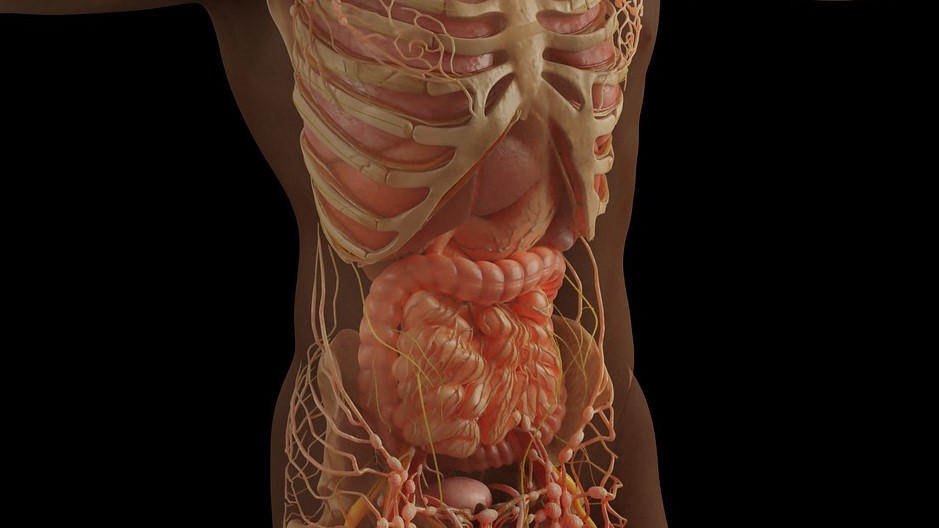Nitazoxanide Flops in South African COVID Trial

Interim analysis of a South African clinical trial has revealed that nitazoxanide, an oral antiparasitic agent with antiviral properties, was ineffective in improving outcomes in ambulatory patients with mild-to-moderate COVID.
Funded by the South African Medical Research Council (SAMRC), the study was performed at four sites in South Africa. The primary goal of the trial was to evaluate the effectiveness of nitazoxanide (1g twice daily for 7 days) in reducing the progression from mild to severe COVID in ambulatory patients. Progression to severe disease was defined as hospitalisation or death. The trial underwent an interim analysis at 67% of the recruitment target (290 participants), and the data was reviewed by an independent data and safety monitoring board (DSMB). Following the interim analysis, the DSMB recommended halting recruitment of the trial on the grounds of futility.
No significant difference was seen in serious adverse events, which included all causes of hospitalisation and death, between the nitazoxanide and the placebo groups [12/144 (8.3%) vs 10/146 (6.8%)]. Hospitalisation and death specifically due to COVID showed the same pattern [7/144 (4.9%) vs 8/146 (5.5%)].
Principal investigator Prof Keertan Dheda from the University of Cape Town (UCT) and the London School of Hygiene and Tropical Medicine, said that the results of the trial, although disappointing, contributes to the growing body of evidence, clarifying what works and what doesn’t for the treatment of COVID. Thus, clarifying what does not work is as important as finding effective therapies so that clinically useful management algorithms can be developed.
Nitazoxanide is a low-cost broad-spectrum antiviral drug with an extensive safety record. Originally developed as antiparasitic, it seemed promising against SARS-CoV-2 in the lab but the real world test did not show any benefit. It is still possible that nitazoxanide may be of benefit at higher doses (greater than the dose used in the trial, which was already twice the normal dose), however this will most likely cause an increase in intolerable gastrointestinal side effects. “The next step will be to focus on formally publishing the data in a peer reviewed journal and to evaluate secondary objectives of the study, including assessing the efficacy of nitazoxanide in reducing the duration of illness, reducing SARS-CoV-2 viral load, and its efficacy, if any, in preventing COVID in close contacts,” said Prof Dheda.
Prof Dheda concluded that nitazoxanide could have a less than 30% benefit which may be detectable in a larger study. However, it is questionable whether such an effect size is clinically relevant given the number needed to treat to prevent disease progression, adverse events, cost and that other therapies have emerged (eg paxlovid) with an efficacy benefit of greater than 80%.
SAMRC President and CEO, Prof Glenda Gray said although the study did not meet its primary endpoint, the results are an important addition into the scientific repository. “COVID and HIV in their very nature are unique and complex viruses which have posed unprecedented challenges for vaccine development, globally – however, the knowledge gained from this trial will help us advance our pursuit of effective therapies and vaccines for both COVID and HIV alike,” said Prof Gray.
Prof Gray, who also has led numerous trials in search of effective HIV and COVID vaccines, said COVID poses substantial challenges for those living with HIV which evades the immune system. “Until an effective vaccine has been found, all people living with HIV should take all recommended preventive measures to minimise their exposure to COVID,” concluded Prof Gray.






